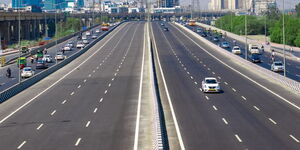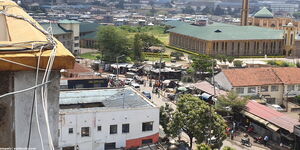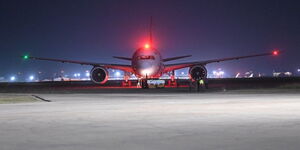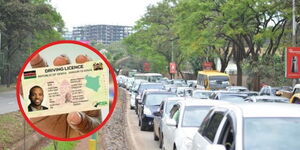Ever wondered how engineers design and construct roads in areas with valleys, mountains, and hills? Most of the time, they settle on a longer route even if a shorter path was an option. We have seen some of these meandering roads on our way to the countryside, especially in places like the Rift Valley.
In an interview with Kenyans.co.ke, Johnson Kathurima, a contractor explained why construction companies make such decisions.
Here are some of the reasons hilly regions in the country have curved roads.
Designation of a road
There are sections of public land that have been designated for critical infrastructure. It's in the public domain that private property built on such land will get demolition notices and be brought down in the long run.
The designation of a road takes into account the environmental and social impact which is assessed by the Kenya Urban Roads Authority(KURA) before proceeding with the project.
“There is a cost to the private sector when they built on designated land. The state will also incur additional costs if they stray away from the planned designation. They will have to compensate private or community owners of the land they want the road to pass through,” Kathurima elaborated.
Geographic position
There is a difference in weather patterns in different geographical regions. In hilly areas such as Limuru where the fog is thicker and will likely cause accidents, because of poor visibility, the roads are slightly curvy and long.
“The geography of mountainous regions will determine how curvy and long the road should be. Some regions experience different weather patterns which affect the fatality rate of drivers on those roads,” he stated.
Natural disasters
There are hilly areas that are prone to natural calamities such as landslides and mudslides. Contractors lower the risk of accidents by building curved roads since having steep trails will make it hazardous for motorists.
“The alternative to building a curved road is building a tunnel to shorten the distance. This alternative way will cost more than the construction of a curved road,” he remarked.
Accommodation of vehicles
When constructing roads, contractors prioritize the safety and the accommodation of all vehicles. Construction of curved roads on hilly areas considers the maximum number of vehicles that do not move on a steep slope with ease.
Transit vehicles transport heavy cargo, they require an incredible amount of power when moving up the hill. It is easier for the drivers to navigate a transit vehicle on a curved road.
“The amount of fuel used by such transit vehicles in mountainous regions increases the transportation cost of goods. When such vehicles struggle on a narrow path it inconveniences lighter vehicles hence causing traffic jams,” he stated.
Cut and fill technique
This technique is employed when contractors are working on a project in a hilly region. The technique creates a solid earth structure by spreading and compacting layered soils that have been excavated to make use of balanced quantities of earthwork.
“The technique effectively creates embankments and reduces the amount of labor used. This will ultimately reduce the general cost and period of building the curved road,” he elaborated.












